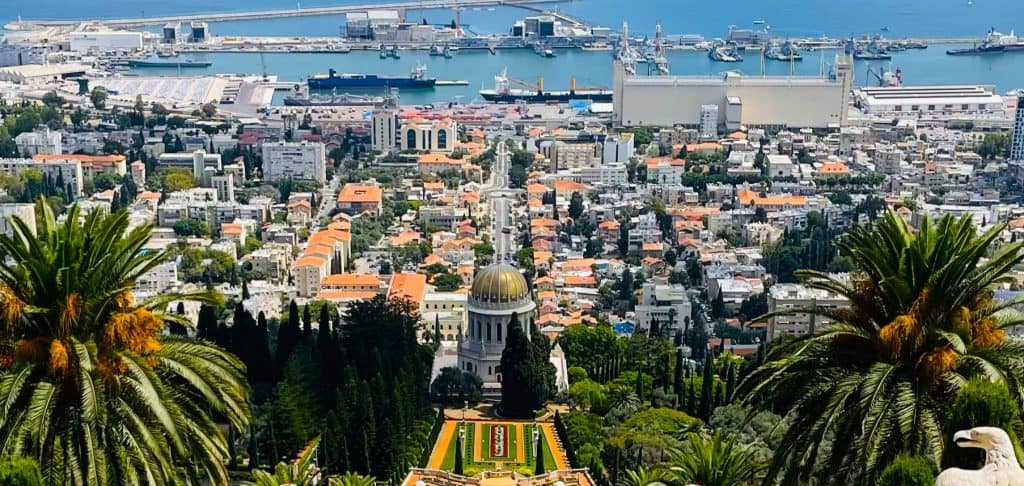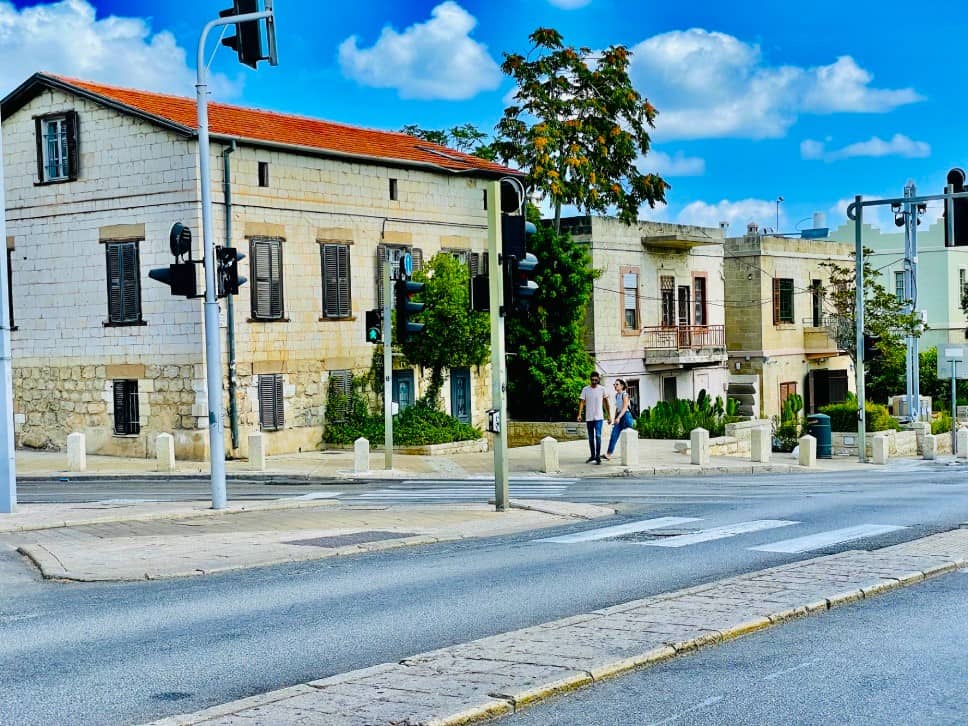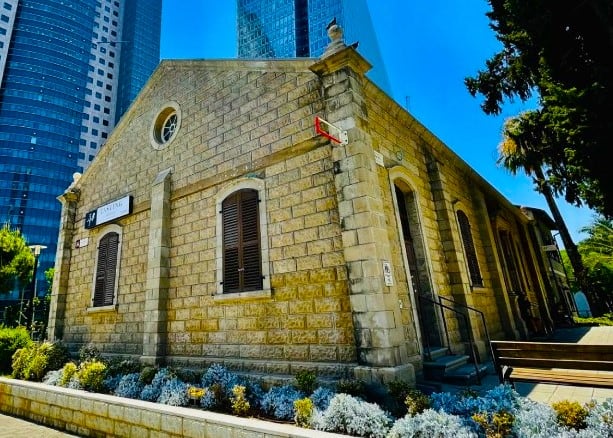The German Colony in Haifa is a historic neighborhood now a popular tourist attraction. The neighborhood is characterized by its well-preserved 19th-century architecture, including charming homes, public buildings, and institutions, many of which were built by German Protestant settlers who were part of the Templer movement. One of the main attractions in the German Colony is the Baha’i Gardens, located on Mount Carmel’s slopes and considered one of the most beautiful gardens in the world!

The History Behind German Colony in Haifa
The German colony in Haifa, also known as the German Templer Settlement, was established in the late 19th century by German Protestant settlers who were part of the Templer movement. The Templers believed in creating a “New Jerusalem” in the Holy Land and sought to establish a self-sufficient Christian community there.

The German colony in Haifa was founded in the late 1800s and was one of the first modern settlements in the area. The settlers built several impressive buildings, including a church, a hospital, a school, and homes for themselves and their families. The settlement also included several workshops, a brewery, and a dairy farm. Although the Templers faced numerous challenges in the early years of their settlement, including a lack of resources and hostile local populations, they persevered and eventually established a thriving community. If you want to stay overnight there, I recommend you check out the Templers Boutique Hotel. I’ve added his Instagram Below!
The German colony in Haifa quickly became a hub of cultural, intellectual, and economic activity and was known for its strong sense of community and progressive social policies. However, the German colony in Haifa faced new challenges during the First World War, when the Ottoman Empire, of which Palestine was a part, joined the Central Powers, and the British took control of the area. Many Templers were interned or expelled, and their property was seized.
After the war, some Templers returned to their homes, but many chose to leave the area and resettle in other parts of the world. Despite the challenges faced by the German colony in Haifa, its legacy continues to be felt in the city today. The buildings and institutions established by the Templers are still standing, and the area is now a popular tourist destination and a vibrant cultural center. The German colony in Haifa serves as a reminder of the vital role that German settlers played in developing the Land of Israel in the 19th century and of the city’s rich cultural heritage.
Things to Do in the Area
Visitors can take a guided tour of the gardens and learn about the Baha’i faith, which was founded in the 19th century and is now one of the fastest-growing religions in the world. Another popular attraction in the German Colony is the Haifa Museum of Art, which showcases a diverse collection of art from the Middle East and other parts of the world. The museum is located in a beautifully restored 19th-century building and is a must-visit for art lovers. Visitors to the German Colony can also explore its narrow, winding streets and historic homes, many of which have been beautifully restored.
The German Colony in Tel Aviv (Sarona Colony)

The neighborhood is also home to many restaurants, cafes, and shops, making it a great place to spend an afternoon or evening. In addition to its cultural and historical attractions, the German Colony is also a popular destination for outdoor activities, including hiking and cycling. Visitors can take a scenic hike along the Carmelit trail, which runs along the slopes of Mount Carmel and offers stunning views of the city and the Mediterranean Sea.
In conclusion, the German Colony in Haifa is a must-visit for tourists interested in history, architecture, art, and outdoor activities. With its charming homes, beautiful gardens, museums, and outdoor attractions, there is something for everyone in this historic neighborhood.

